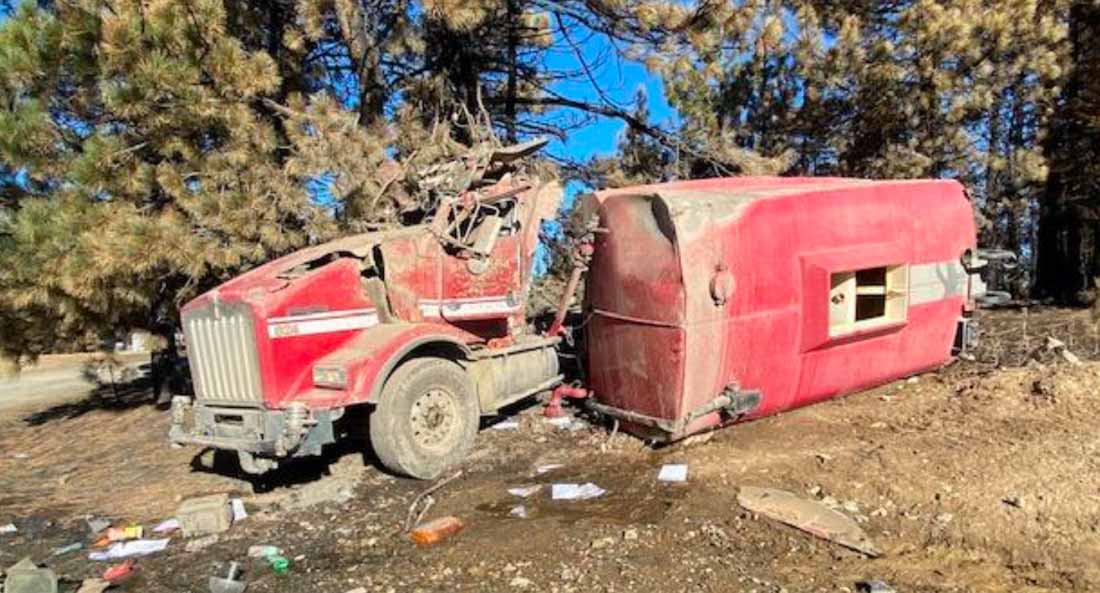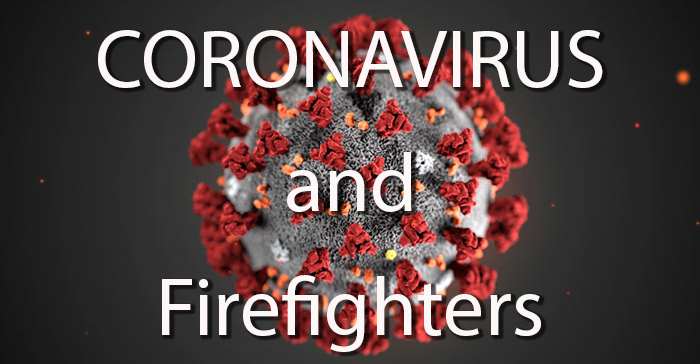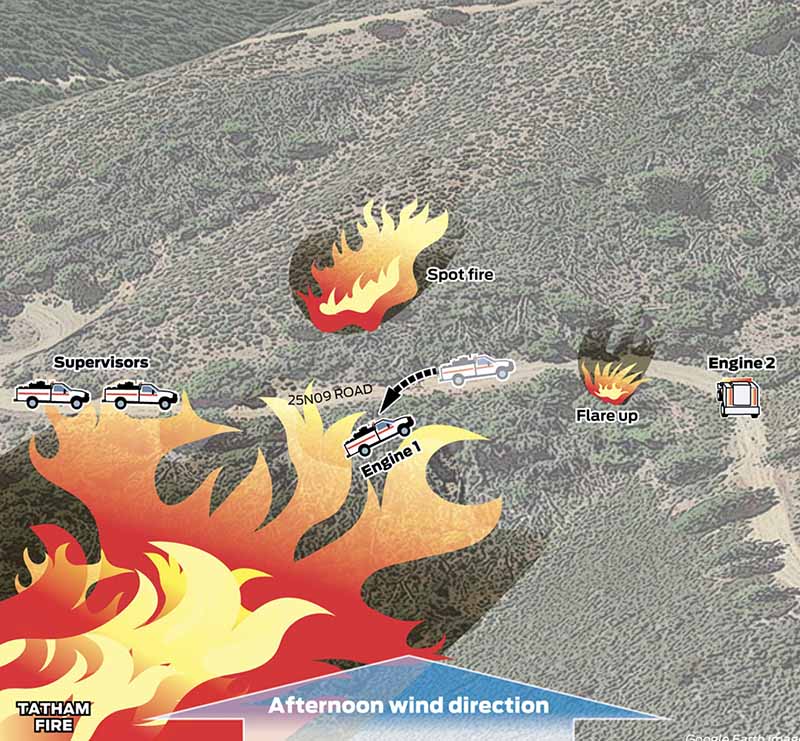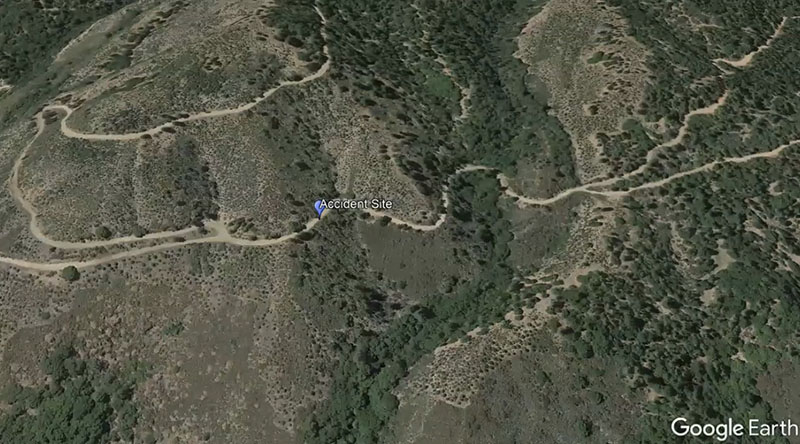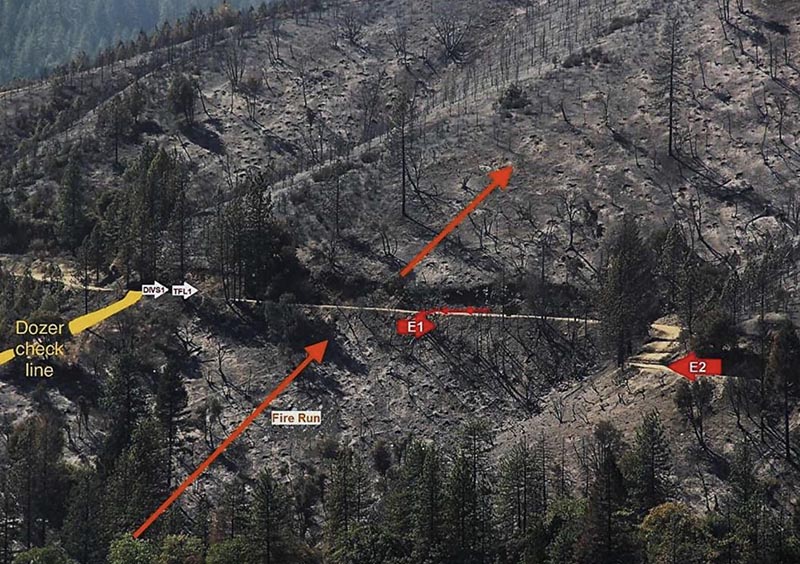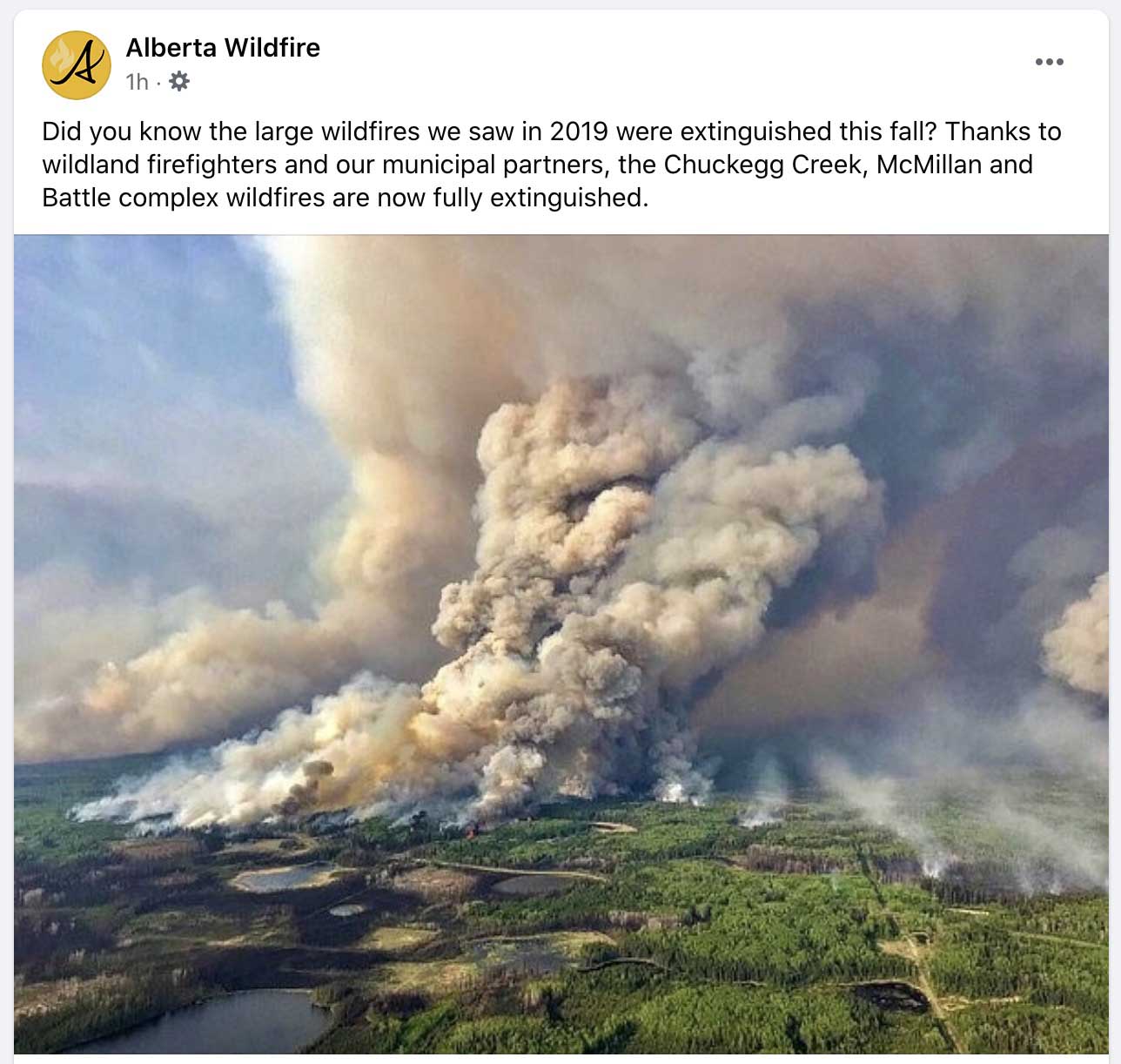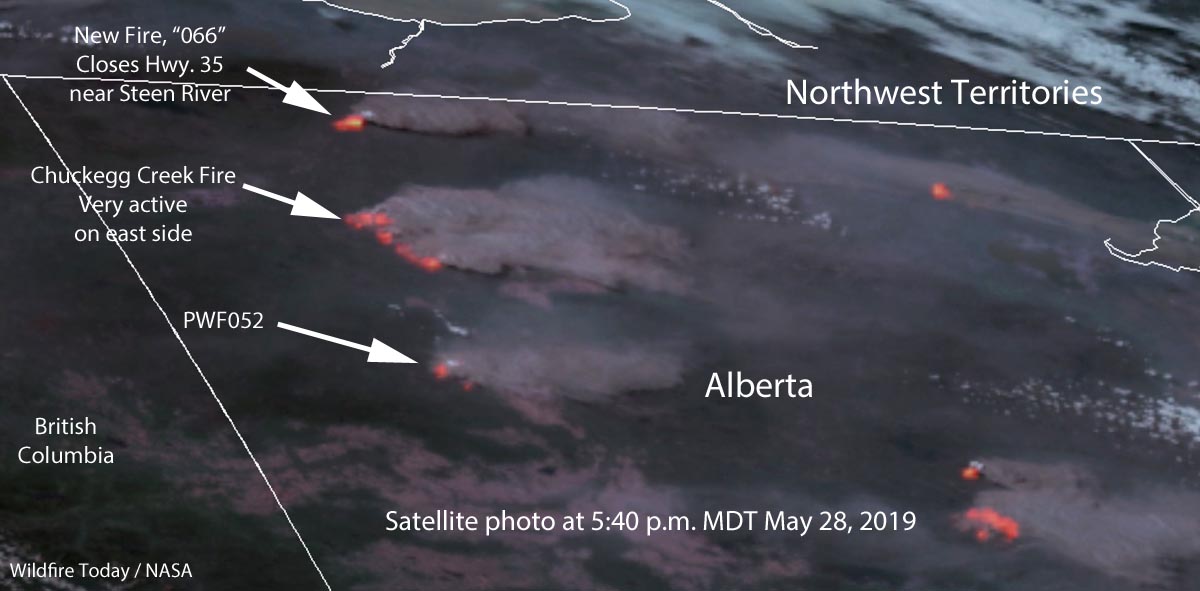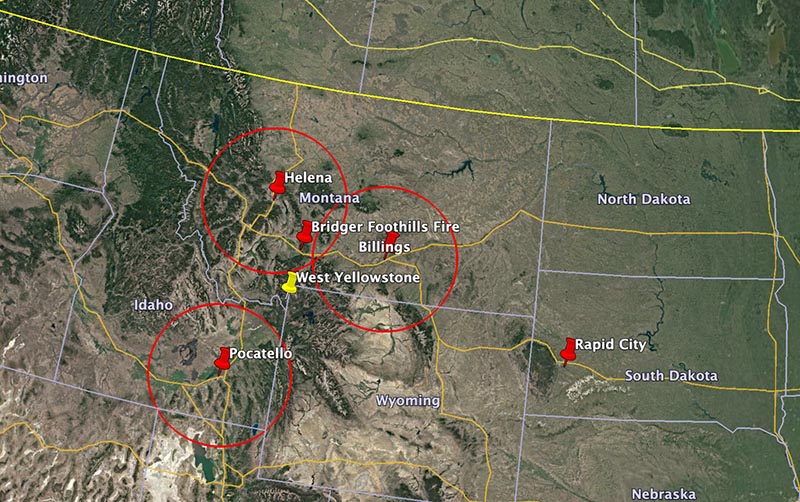
This article was first published at Fire Aviation.
Two current or former firefighters were quoted in the Billings Gazette as asserting that the downgrading of the West Yellowstone Interagency Fire Center air tanker base in Montana to a Call When Needed base may have affected the amount of retardant applied on a recent fire near Bozeman, Montana.

Bridger Foothills Fire
The Bridger Foothills Fire that started September 4, 2020 northeast of Bozeman burned 8,224 acres and destroyed 28 homes. Three firefighters were forced to deploy and take refuge in their fire shelters September 5 when their safety became compromised by the spread of the fire. After the danger passed they moved to a safety zone and were later treated at Bozeman Health for “smoke inhalation and heat exhaustion” and then released.
West Yellowstone air tanker base
From the Billings Gazette, quoting a former smokejumper who had been based at West Yellowstone:
“The Bridger fire could have been staffed with more planes and twice the retardant dropped had West Yellowstone been used with the other bases,” said Tommy Roche, a retired wildland firefighter, in an email.
In addition to the former air tanker base at West Yellowstone, Montana, there are three other bases in that part of the country. Listed below are all four with their distances from the Bridger Foothills Fire.
- West Yellowstone, 73 miles
- Helena, 76 miles
- Billings, 118 miles
- Pocatello, 142 miles

Forest Service will not release the Conklin de Decker and Associates air tanker study
From the Billings Gazette:
A Freedom of Information Act request, filed more than a year ago by West Yellowstone airtanker base manager Billy Bennett, for the Forest Service’s airtanker study has not been fulfilled. “In my opinion, I do not believe the study exists!” Bennett wrote in an email. “No one admits to ever having seen it.”
According to documents provided to Fire Aviation by the Custer National Forest in Montana, in 2019 the Forest Service commissioned an independent analysis of next generation air tankers performance by Conklin de Decker and Associates (CdD).
We asked for a copy of the study today and were told by Forest Service Fire Communications Specialist Stanton Florea that it “…contains proprietary information. You would need to file a FOIA [Freedom of Information Act Request] with our national office.”
Forest Service did not release the RAND air tanker study
We were told the same thing after requesting and then filing a FOIA to obtain a copy of the $840,092 RAND air tanker study completed in 2012. The Forest Service refused to honor the FOIA, saying “…the report is proprietary and confidential RAND business information and must be withheld in entirety under FOIA Exemption 4.” Their refusal letter went on to say: “The data, analysis, and conclusion in this report are not accurate or complete” and that the USFS wanted “to protect against public confusion that might result from premature disclosure.”
RAND finally released it in 2012. Both air tanker studies were prepared at taxpayer expense.
The RAND study recommended that the U.S. Forest Service upgrade its airborne firefighting fleet to include more scooper air tankers. “Because scoopers cost less and can make multiple water drops per hour when water sources are nearby, we found that the most cost-effective firefighting fleet for the Forest Service will have more scoopers than air tankers for the prevention of large fires,” said Edward G. Keating, lead author of the study and a senior economist at RAND, a nonprofit research organization. “However, air tankers are important in an ancillary role in initial attack for the minority of wildfires where water sources are not nearby, and possibly for fighting large fires as well.”
Performance of the BAe-146 at West Yellowstone
In a letter signed April 4, 2019 by Shawna Legarza, who at the time was the Director of Fire and Aviation for the Forest Service, she wrote, “Based on CdD information, the BAe-146 [air tanker] will not be able to operate from West Yellowstone unless temperatures are below 69°F”, and included the table below. She also wrote, “Retardant will not be downloaded”, meaning the BAe-146 must always carry 3,000 gallons.
The performance of the BAe-146 at West Yellowstone is due to the elevation at the base, 6,640 feet above sea level. On a warm day the thin air results in a density altitude that makes it difficult for the aircraft to take off with a full load of retardant on the 8,400-foot runway.

The table indicates that there would be no restrictions for the C-130, C-130Q, RJ 85, and the MD-87 air tankers, but the BAe-146 tankers operated by Neptune Aviation would not be able to carry a full 3,000-gallon load of retardant under certain conditions. The BAe-146 and the RJ 85 are very similar, but the RJ 85s operated by Aero Flite have more efficient engines than the BAe-146.
Closing West Yellowstone air tanker base
The letter from Director Legarza included this:
Based on safety and efficiencies, Region 1 should consider whether any future investment into the West Yellowstone Airtanker Base is warranted. The airtanker bases in Billings and Helena, Montana, and Pocatello, Idaho are within 30 minutes flight time for a next generation airtanker and can maintain the airtanker response and capability needed for that portion of your geographic area. Additionally, a temporary airtanker base could be setup at the Bozeman, Montana airport if the fire situation in that portion of Montana, Idaho, and Wyoming warranted a quicker response.
Forest Service begins to appreciate scooping air tankers
Another reason cited by the Forest Service for downgrading the West Yellowstone tanker base was the “increased use of scooper aircraft”, such as the CL-415 which can skim across a lake while scooping up to 1,600 gallons of water without having to return to an airport to reload with water or retardant. Historically the agency has been extremely reluctant to use scooping air tankers but four are currently under contract. For years they completely disregarded the RAND report’s recommendations about the efficiency of scoopers.
“The timing for the new scooper contract is this winter for the 2021 season and it is expected that Bridger Aerospace (based in Bozeman, MT) will have four turbine CL-215’s ready to bid which will add to the four CL-415’s on the current contract for a total of 8 nationally,” said Marna Daley, a Public Affairs Officer for the Custer National Forest in an email. “Regionally, Canadian scoopers are available and used through the agreement the Montana DNRC has with Canada.”
Bridger Aerospace is in the process of acquiring six old piston engine CL-215s that have been overhauled and upgraded with new turbine engines; they are designated as CL-415EAFs.
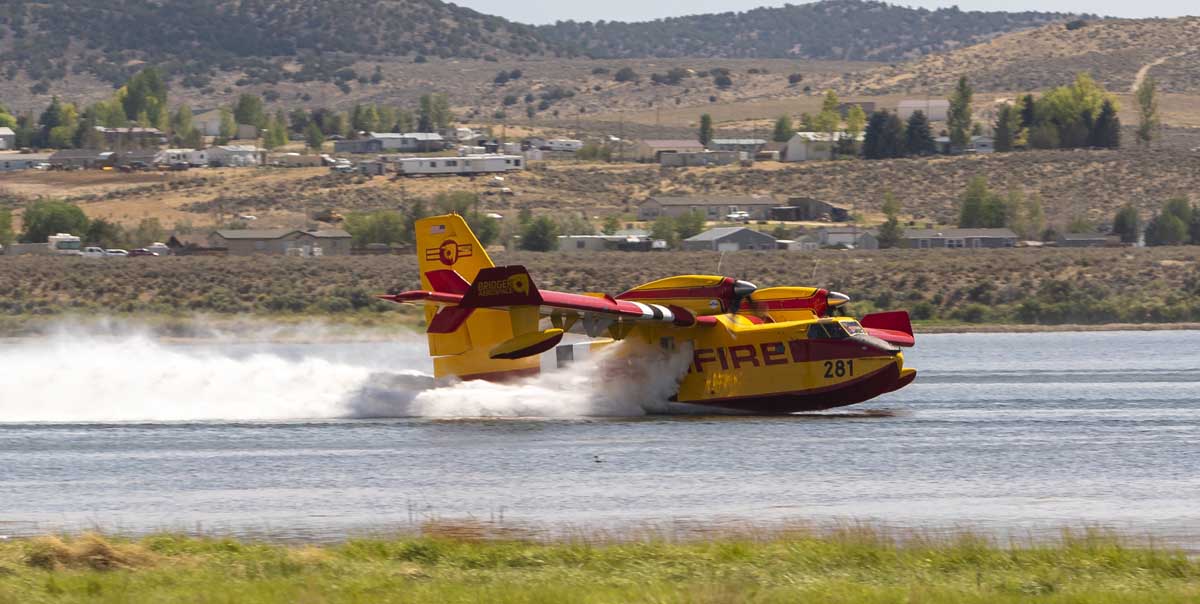
West Yellowstone becomes a CWN base, dependent on portable retardant infrastructure
The West Yellowstone air tanker base is now classified by the Forest Service as a Call When Needed base. In the fall of 2019 the powder retardant was removed and the retardant mixing equipment was decommissioned according to documents supplied by the Forest Service. The base can now only be used to reload air tankers if a transportable retardant mixing plant is ordered and set up at the airport.
Forest Service’s evaluation of the use of air tankers at the Bridger Foothills Fire
In an email to Fire Aviation, Ms. Daley explained the agency’s opinion about the use of air tankers and the availability of the West Yellowstone tanker base during the Bridger Foothills Fire:
In terms of LATS (Large Air Tankers) and VLATs (Very Large Air Tankers) the Bridger Foothills Fire initial attack (day 1) and extended attack response (day 2 and day 3) was the most effective air resource response on the Custer Gallatin in 20 plus years. There wasn’t a moment where suppression efforts were lacking a retardant response. The ability of the Helena and Billings tanker bases to reload was unprecedented and fire managers were able to get full retardant loads on every tanker drop. The transition of the West Yellowstone Tanker base to a call when needed base did not affect the outcome of the Bridger Foothills fire. The base in West Yellowstone could have been opened under the Forest’s Call When Needed plan but that was not requested or needed because Helena and Billings bases were far more efficient.

